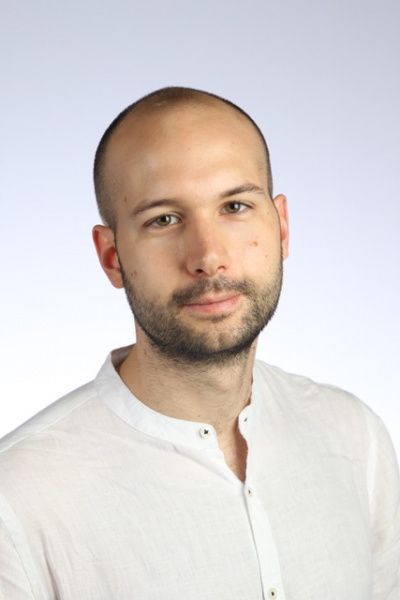Dr. Matteo Messa

Dr. Matteo Messa
Post-doc
S448
+41 22 379 92441
E-mail
Past and recent research projects:
I received my PhD degree in Astronomy in 2019 at Stockholm University (Sweden) under the supervision of Prof. A. Adamo and Prof G. Östlin; during my graduate studies I had the opportunity to collaborate in two large projects:
- Legacy ExtraGalactic UV Survey (LEGUS), a HST treasury program investigating star formation in 50 nearby galaxy, focusing on star clusters to link stellar to galactic scales. Within the LEGUS collaboration I have worked on the analysis of the star cluster populations, in particular of the nearby spiral galaxy M51.
- Lyman-Alpha Reference Sample (LARS), a HST-driven study of local starburst galaxies chosen as laboratories to study the astrophysics of the Lyman-alpha emission line at sub-kpc scales. I have focused in particular on the study of the star forming clumps (on 10-100 pc physical scales) and their photometric and physical properties.
In 2019-2020 I worked as postdoc at the University of Massachusetts, UMass (USA) in the group of Prof. D. Calzetti, analyzing HST near-infrared observations of nearby galaxies to reveal dust-obscured young stellar clusters, possibly missed by NUV-optical studies.
I also had the opportunity to collaborate with researchers from the UMass Computer Science College to develop a deep-learning algorithm to morphologically classify clusters in HST observations of nearby galaxies.
Since September 2020 I am working at UniGe as a “VR international postdoc” (a fellowship from the Swedish Research Council). Within the starburst group I am mostly focused on the study of the properties of star-forming clumps at sub-kpc scales in gravitationally-lensed high-redshift galaxies (z>1), trying to shed light on the cosmical evolution of the star-formation process.
Research interests:
I am interested in almost everything that concerns the formation and evolution stellar clusters and clumps, but in particular in the distribution of their physical properties and how those properties relate to the properties of their host galaxies (or to the different environment within a single galaxy).
More broadly, I am interested in:
- HST imaging of star-forming regions in the near and far universe
- stellar clusters and star-forming clumps in nearby galaxies, and their properties
- study of star-formation at the smallest scales detectable in high-redshift gravitationally-lensed galaxies
- how high-redshift stellar clusters may have evolved into the current globular clusters
- application of machine-learning techniques to astronomical data, in particular to the study of stellar clusters
